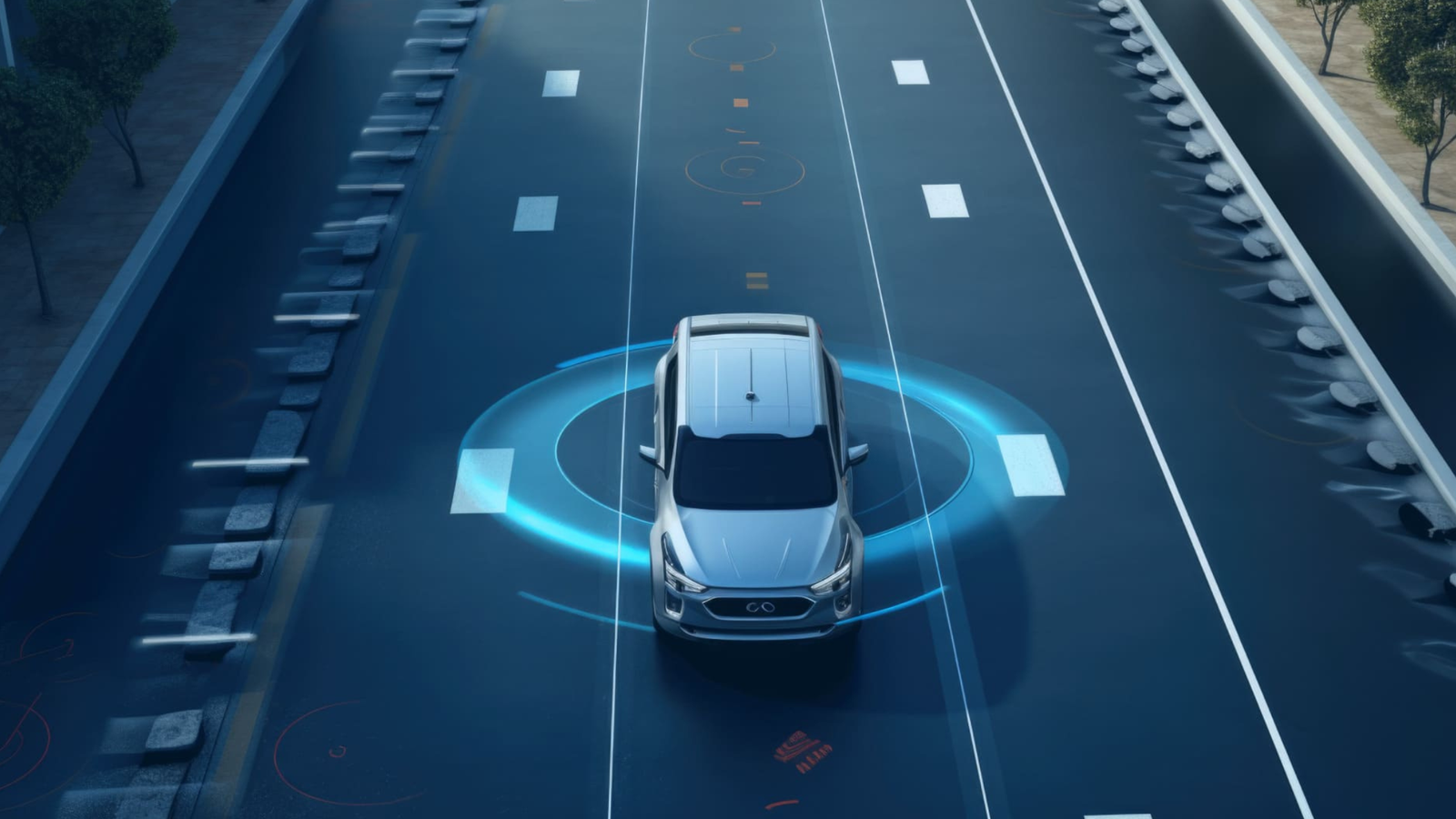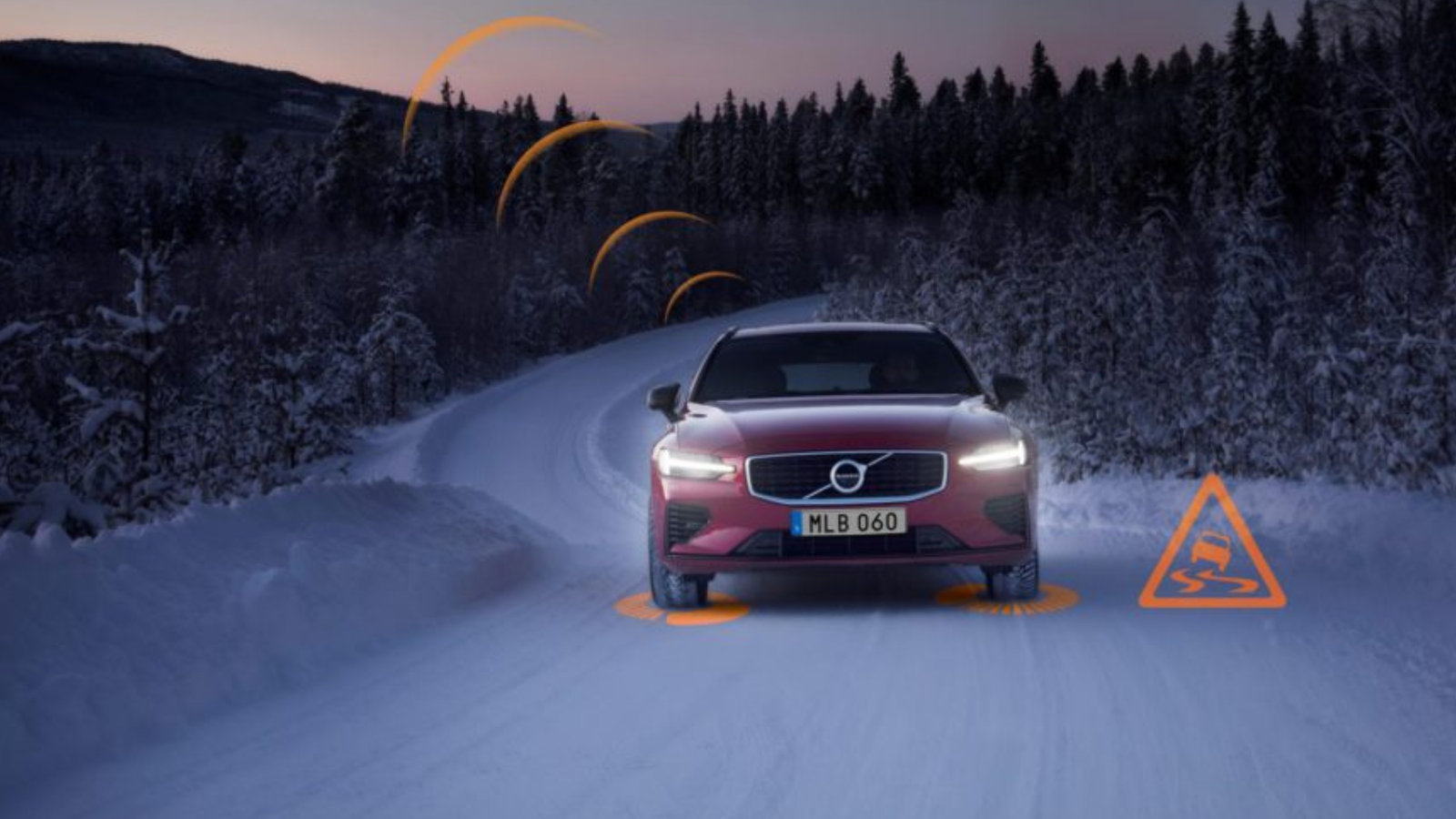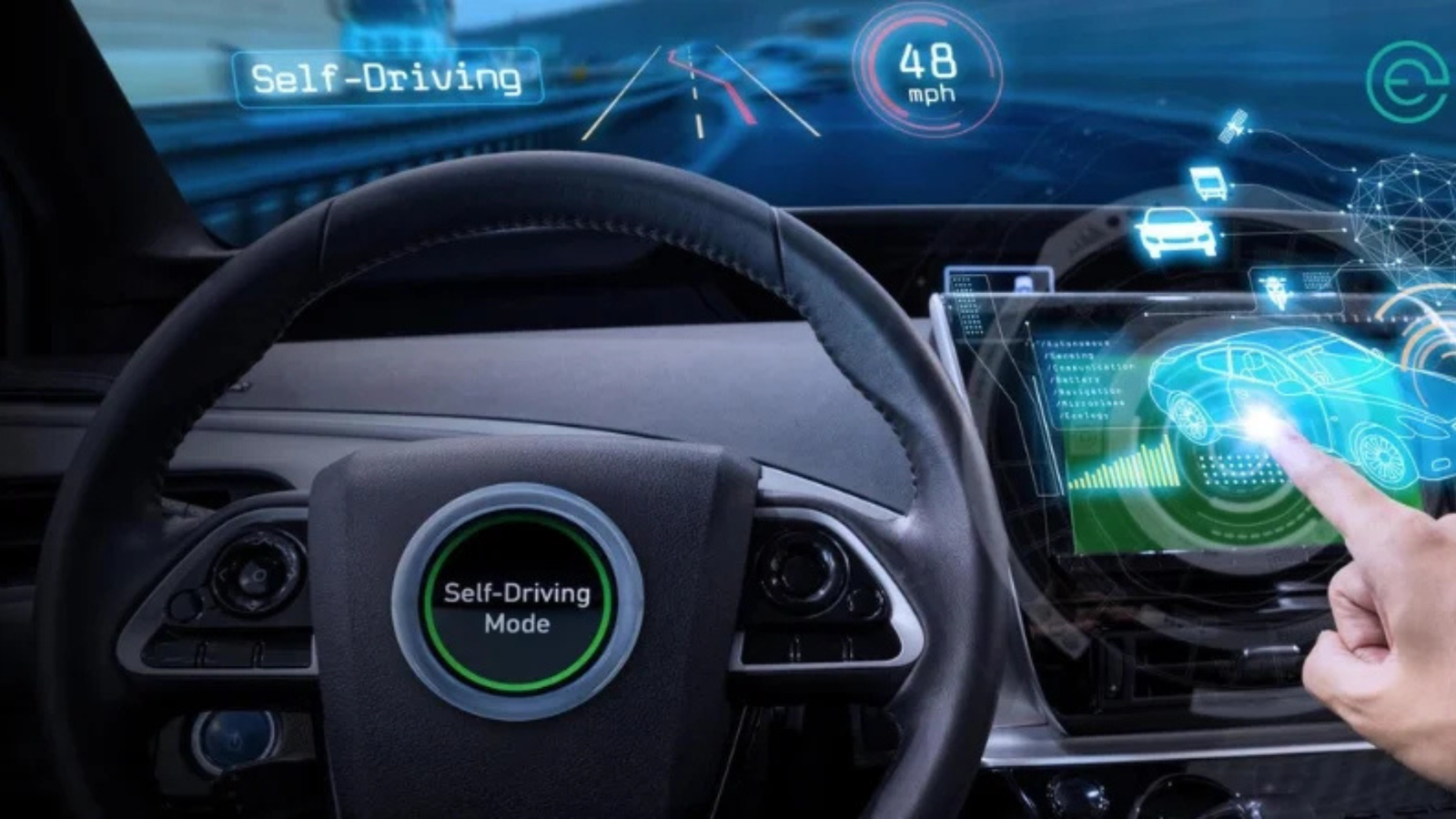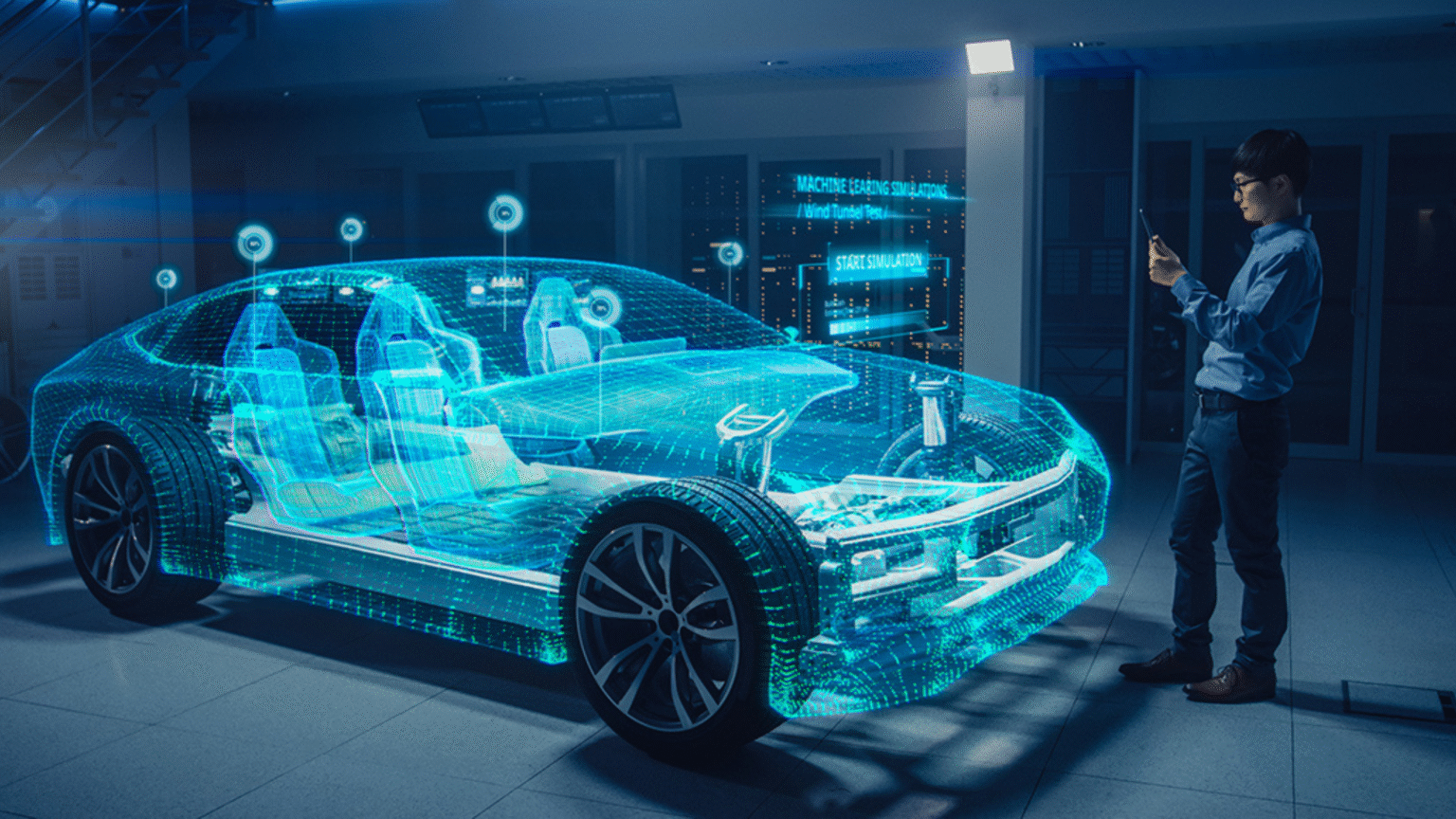Safety has always been a key concern for drivers and automakers alike, but recent advancements in automotive technology have taken vehicle protection to the next level. The Latest Safety Tech in Cars isn’t just about airbags and seatbelts anymore—it’s about intelligent systems that think, predict, and respond faster than human reflexes. In 2025, these technologies are shaping the new standard for driving safety, ensuring fewer accidents, smarter responses, and enhanced control.
In this blog, we’ll take a deep dive into the Latest Safety Tech in Cars, explore their applications, advantages, and list top models offering these advanced features.

Table of Contents
-
Introduction
-
Why the Latest Safety Tech in Cars Matters
-
Top 10 Safety Tech Features in 2025 Vehicles
-
Best Cars with Advanced Safety Tech (with Price Table)
-
Benefits of Investing in Safety Technology
-
Future Trends in Car Safety
-
Final Thoughts
1. Introduction
Over the past decade, the evolution of vehicle safety has accelerated dramatically. With artificial intelligence, real-time data analytics, radar-based systems, and machine learning integration, the Latest Safety Tech in Cars is redefining how vehicles interact with their environment and occupants.
Consumers are no longer satisfied with just physical protection. They demand smarter vehicles that assist in preventing accidents altogether. Automakers like Tesla, Mercedes, Toyota, and Volvo are setting the benchmark with next-gen safety tech built into their newest models.
2. Why the Latest Safety Tech in Cars Matters
Every year, millions of car accidents occur globally, resulting in loss of life, injuries, and financial losses. The Latest Safety Tech in Cars is designed to drastically reduce these numbers by mitigating human error—the leading cause of accidents.
Advanced safety systems now use a mix of sensors, cameras, LIDAR, and software algorithms to:
-
Monitor surrounding traffic
-
Detect driver fatigue or distraction
-
Automatically brake or steer away from danger
-
Adjust vehicle dynamics during emergencies
-
Warn about unseen hazards
This level of intelligence is no longer futuristic—it’s standard or optional in many 2025 models.
3. Top 10 Safety Tech Features in 2025 Vehicles
1. Automatic Emergency Braking (AEB)
This system detects obstacles and applies the brakes if the driver fails to react. It’s a core part of the Latest Safety Tech in Cars.
2. Adaptive Cruise Control (ACC)
Maintains safe following distance and adjusts speed based on traffic conditions using radar and camera systems.
3. Blind-Spot Monitoring (BSM)
Alerts drivers to vehicles approaching from behind or the side, minimizing side-swipe risks.
4. Lane-Keeping Assist (LKA)
Detects lane markings and gently corrects steering if the car drifts unintentionally.
5. Rear Cross-Traffic Alert
Warns drivers about crossing traffic while reversing, especially in parking lots.
6. Driver Monitoring System
Cameras and sensors track head position and eye movement to detect drowsiness or distraction.
7. Traffic Sign Recognition
Identifies road signs and displays them on the dashboard or HUD (Head-Up Display).
8. Surround-View Camera
Offers a 360-degree bird’s-eye view, enhancing parking and low-speed maneuvering.
9. Pedestrian & Cyclist Detection
The car recognizes humans in its path and initiates warnings or braking.
10. Emergency Steering Assist
Helps steer away from an obstacle if braking alone isn’t sufficient to avoid a crash.
These features collectively represent the Latest Safety Tech in Cars, delivering protection beyond the driver’s capabilities.

4. Best Cars with Advanced Safety Tech (with Price Table)
Here’s a look at 2025’s top models offering cutting-edge safety features:
| Car Model | Safety Tech Highlights | Starting Price (USD) |
|---|---|---|
| Tesla Model Y | Autopilot, Emergency Braking, Lane Assist | $47,990 |
| Volvo XC90 | Pilot Assist, Run-off Road Mitigation, Driver Alert System | $56,000 |
| Toyota Camry XSE | Blind Spot Monitor, Dynamic Radar Cruise Control | $33,975 |
| Mercedes-Benz E-Class | Active Brake Assist, Attention Assist, Evasive Steering Assist | $62,300 |
| Subaru Outback | EyeSight® Driver Assist, Pre-Collision Throttle Management | $30,295 |
| Honda Accord Hybrid | Traffic Sign Recognition, Collision Mitigation Braking System | $32,895 |
| Hyundai Tucson | Forward Collision-Avoidance Assist, Lane Following Assist | $31,500 |
These models not only come with the Latest Safety Tech in Cars but are also designed for reliability and driver confidence.
5. Benefits of Investing in Safety Technology
a) Reduces Risk of Accidents
The Latest Safety Tech in Cars acts as a digital co-pilot, watching your blind spots and reacting in emergencies to protect you and your passengers.
b) Lower Insurance Premiums
Vehicles equipped with modern safety systems are often eligible for insurance discounts due to reduced risk.
c) Better Resale Value
Cars with advanced safety packages tend to retain value longer due to continued demand.
d) Enhanced Driving Confidence
Knowing your car can step in during critical moments boosts peace of mind—especially for new or elderly drivers.
6. Future Trends in Car Safety
As technology evolves, so will the Latest Safety Tech in Cars. Expect to see:
-
Vehicle-to-Everything (V2X) Communication: Cars will talk to infrastructure, other vehicles, and pedestrians to prevent accidents.
-
AI-Based Risk Prediction: Real-time analysis of driving behavior and surroundings to anticipate collisions before they happen.
-
Cloud-Based Over-the-Air (OTA) Updates: Continual improvement of safety systems without visiting a dealership.
-
Emotion Recognition Systems: Detecting stress or anger in drivers to prevent aggressive or inattentive driving.
These advancements ensure that the Latest Safety Tech in Cars will only become smarter and more capable in the coming years.

7. Final Thoughts
Safety is no longer a luxury—it’s a necessity. The has evolved into an intelligent suite of protective features that work behind the scenes to ensure a smoother, safer driving experience. From automatic emergency braking to AI-driven driver alerts, these innovations are changing what it means to be “safe” on the road.
As 2025 progresses, automakers continue to push boundaries. Consumers looking to invest in a new car should prioritize these tech features as much as they consider performance, aesthetics, or fuel efficiency. Ultimately, the Latest Safety Tech in Cars doesn’t just protect your vehicle—it protects your life.

